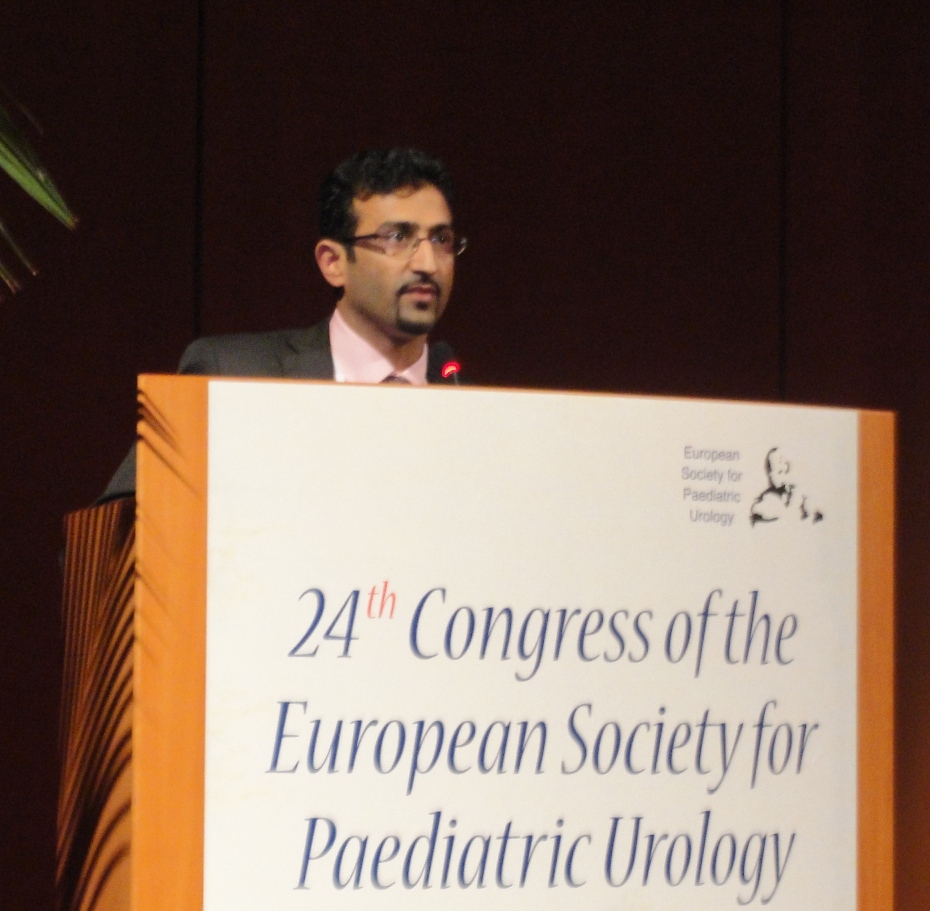The tale of hypospadias does not stop in first few years of life for everyone. This is especially true of adults and adolescents who underwent hypospadias surgery repair using older techniques and with lesser trained Hypospadias surgeons 15-20 years back. While a majority of these have done well, there is a sizable population of adults in India who have persistent issues secondary to hypospadias such as urethral fistulas, persistent penile chordee (bending of penis), urethral stricture or bad cosmetic outcome. As Pediatric urologist and a surgeon with deep interest in hypospadias (hypospadiologist), we keep seeing such patients on a regular basis now.
There are atleast estimated 5 lakh adults/ adolescents in India with untreated, complicated or residual issues of hypospadias in India. Some of these people live an unsatisfied life thinking that no cure is possible because that is what they have been brought up to think. Individuals who have failed multiple surgeries are called Hypospadias cripples in medical community signifying the crippling effect which inadequately treated hypospadias can have in a person’s life.
Fortunately, with newer techniques, better hypospadias surgery instruments, very good sutures like PDS, availability of dedicated hypospadias surgery teams and expert hypospadias surgeons good results are possible in any patient with previous failed hypospadias surgery even in hypospadias cripples.
Here is story in point:
Six months back I saw Mr RK, a 30 year old young man, who had been a case of failed hypospadias – operated for hypospadias twice in his childhood in a hospital in Delhi. Both the surgeries had met with partial success and his parents had left him like that and lost hope at a completely functional urethra. RK had been a good student and went on to do Engineering graduation from IIT and then a MBA from Pune. He had taken up a job in multinational company and now was planning to get married. Infact, he had delayed marriage inspite of a successful career because he was never satisfied with outcome of his hypospadias surgery. That’s why he looked up on internet and came to see us at Hypospadias Foundation in Navi Mumbai.
At the first consultation itself and being in relatively the same age group, we hit it off really well and he was quite frank and objective about his condition and that kind of interaction helps a hypospadias specialist like me. When I examined him, he had a persistent mild chordee but the bigger issue was his urinary opening (meatus) was not on the tip of penis (glans penis) but way down in distal penile location. He had many skin bridges and scarred islands of skin and a large urethral fistula in proximal penile region. There was a bit of penoscrotal transposition as well. On questioning, he was passing 50% of the urine from the urethral fistula and 50% from the distal penile location without any straining and in good urinary stream. None of these problems were major by themselves and could have been cured easily but after two failed hypospadias repairs in childhood, I think parents just gave up hope.
So we discussed with RK at length about the various things which needed to be done-
- Distal urethroplasty using flap from nearby ventral penile skin,
- Closure of urethral fistula (fistula repair) in multiple layers with tunica vaginalis flap
- Correction of penoscrotal transposition
- And chordee correction by dorsal plication.
The surgery was done next week at MITR Hospital & Hypospadias Foundation. Dr Manish Dubey, Urologist and Co-founder of Hypospadias Foundation helped me with the surgery and management immediately post surgery. RK was sent home the day after surgery. A follow up visit for hypospadias dressing removal was planned on day 5 and catheter removal o day 10.
Some of things especially in adults undergoing hypospadias surgery, which we took care of to ensure smooth recovery and are different from children:
- Postoperative pain and erections
- Choosing the right urethral catheter and drainage bag
We were also worried about higher chances of wound infection and bleeding after redo-hypospadias repair. For pain and prevention of erections we gave benzodiazepine derivative tablets and phenobarbitone along with diclofenac and that helped pretty well for two weeks. For the catheter, we used a Foleys silicon catheter for 10 days and left it to drain in a urine bag which RK could carry with him and walk around within his home.
Fortunately, everything went well and now after 3 months of hypospadias surgery, the hypospadias surgery site is healing well and there is no more pain during erections. The urine stream is good and RK is passing from the tip of his penis for the first time in his life standing like a normal man. He is not shy to use the public toilets anymore- He just stands up and delivers.
We have asked him to wait for three more months before planning marriage and these three months he is actually going to spend in finding the right girl for himself. For him, we hope the chapter of HYPOSPADIAS is closed now.
The only question remains whether as a Hypospadiologist I will get invited to his marriage- if yes, how will he introduce me? As the doctor who fixed his penis? I think that is too much and I will just skip attending his marriage and I wish him the best of luck always from our side and from everyone at MITR hospital and Hypospadias Foundation in Navi Mumbai, India.
Contact Form for Hypospadias Foundation
Please fill all clinical details and upload pictures and clinical summaries (if available)

